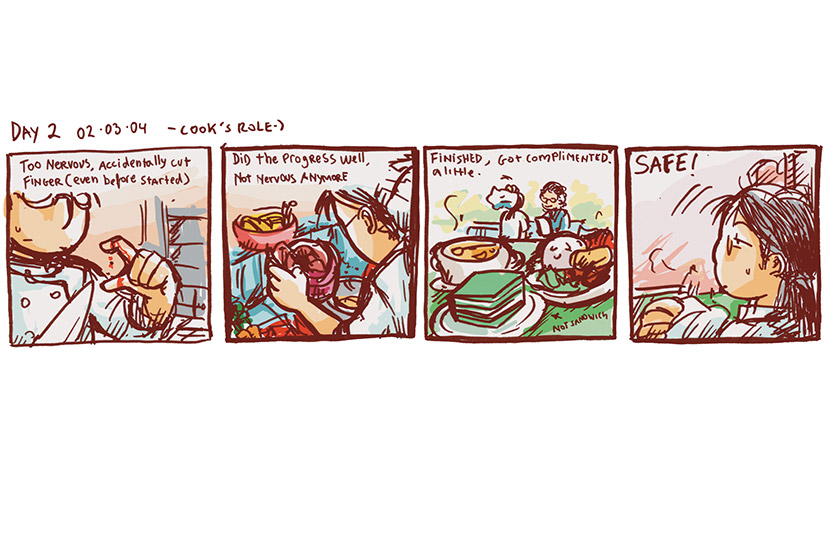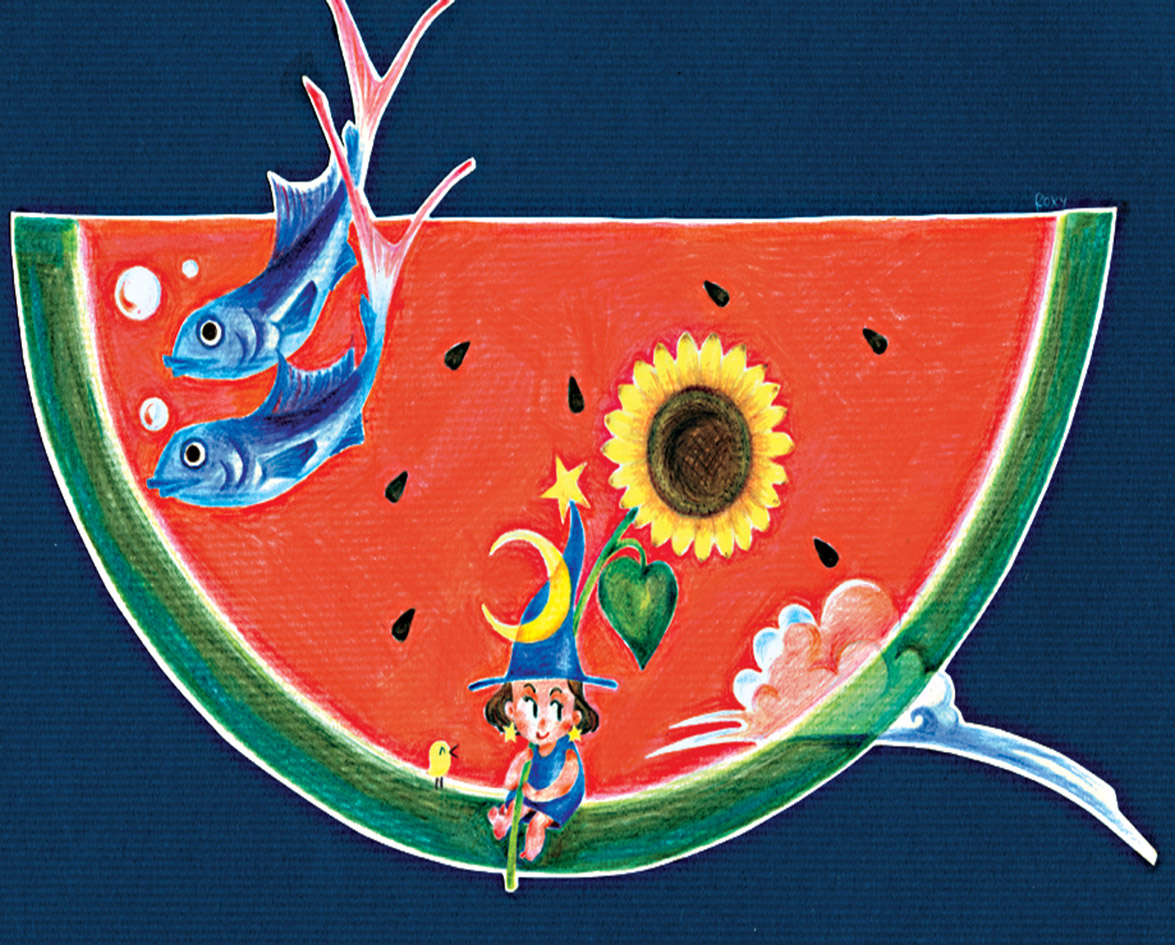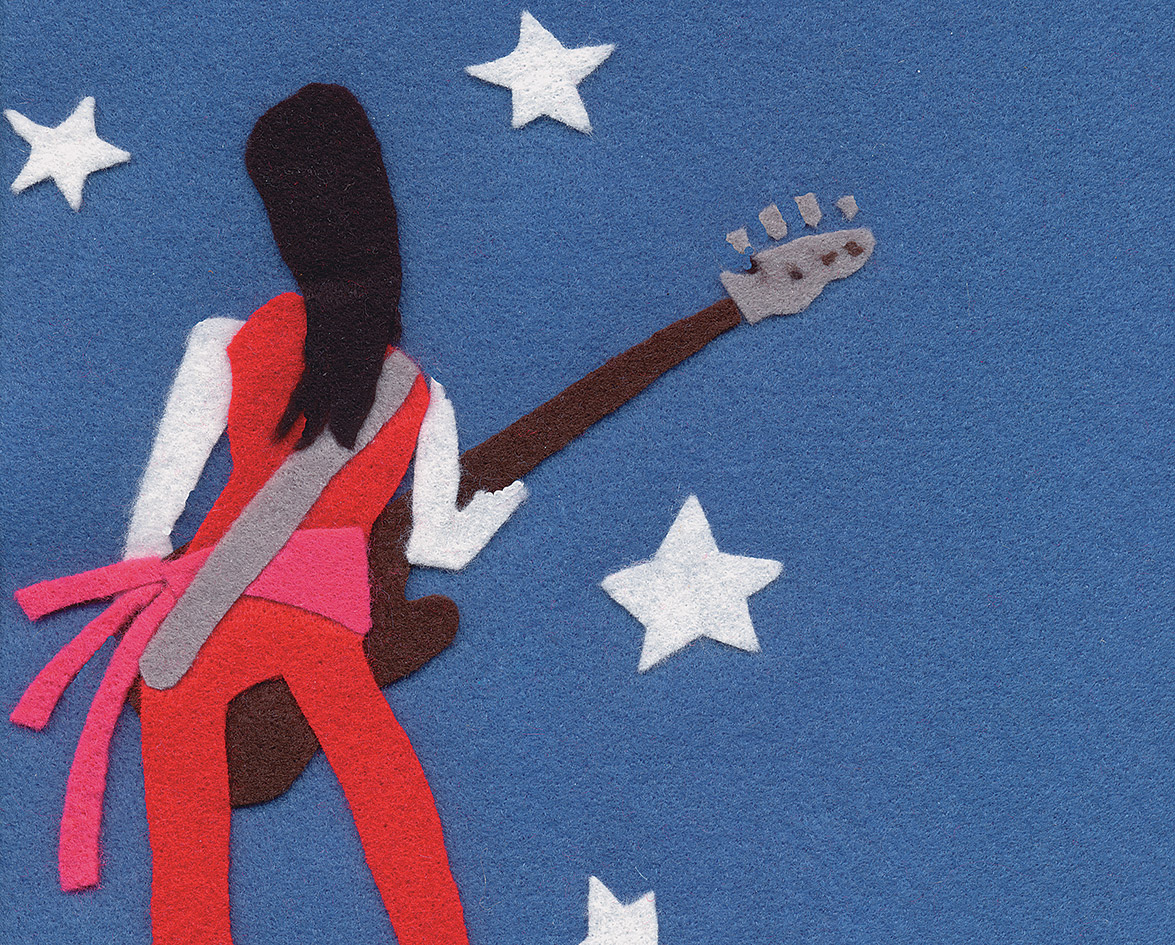Comics, as a medium, have long struggled for legitimacy. Often dismissed as entertainment for children, comics rarely receive recognition as a valid art form. Even within the comics world there are a number of marginalized groups and genres. One such subcategory seeking to establish itself is journal webcomics.
In 1998, the first weblogs, or blogs, appeared on the Internet. These early incarnations were often filter sites (frequently updated lists of links to noteworthy web pages and other blogs). Since that time, there has been an explosion of blogs on the web and now these sites are innumerable. Different styles have emerged, including opinion and political blogs and personal diaries.
With the advent of the online diary came the adaptation of the journal comic. The existing genre of autobiographical comics and the canvas of the web fit perfectly together. Artists worldwide have explored the web journal comic phenomenon for personal expression.
A pioneer of webcomics, independent comics hero James Kochalka, kept and published a daily autobiographical comic for over four years. His Sketchbook Diaries were adapted for the web and have since influenced many young comics artists to start their own similar strips.
By mid 2002, there was a small group of comics artists posting daily strips about their lives. Following the blog format of frequent updates and including links to other sites, journal comics artists began to present opinions, rants and clips of their everyday lives to the online world. Burgeoning comics artists have embraced the opportunity to self-publish inexpensively.
There are many advantages to publishing on the web, primarily the worldwide audience and the lack of restrictions. Censorship and space constraints, two huge stumbling blocks for comics in print, have been eliminated online. Artists can publish whatever and whenever they want thanks to blogs and, perhaps most importantly, the artists can receive immediate feedback for their work.
One such artist is Roxy Liao, a native of Taiwan, who works for CGCG, an animation company in Taipei. Liao’s site, ProxyRoxy, is a cross between a blog and journal comic. She provides hyperlinks and musings on her life, but accompanies them with whimsical illustrations and short comic strips. Her drawing style is loose and succinctly depicts her daily feelings. Liao’s site contains stunning animation and an impressive gallery of artwork.

Illustrating Words
Liao doesn’t consider her blog to be a true journal comic. “I am more like an illustrator. So I always do one panel doodles,” she writes in an e-mail interview. Her blog started as a casual journal and links site for close friends, but she now has a wider audience of readers.
A more typical journal comic site is Daily Life, the comic blog of Jingu J from Jakarta, Indonesia. Similar to the style of Kochalka, Jingu J describes her life as a culinary and linguistics student in Southeast Asia. Her drawings are personal and intimate, perhaps because of their loose, sketchy style.
Jingu J did not originally intend to write a journal comic. A friend had asked her to maintain an online diary to keep in touch. Realizing how much more interesting journal comics were, she decided to draw rather than type her entries.
One of the web’s longest running and best-loved journal comics is Keanerdotnet. Toronto based Kean Soo has documented his day-to-day life since New Year’s Eve 2002. Originally simple drawings based on daily events, Soo’s work has become more refined, both in terms of draftsmanship and writing. His strips have become longer, more emotionally driven and experimental. No longer merely a journal comic, Soo strives to record visual poetry on the web.
Raised in Hong Kong, Soo grew up on European comics like Asterix, Tintin and Beano. As a teenager, he became entrenched in the world of North American superhero and newspaper comics. “Hong Kong in general has been so westernized and has very little of its own culture,” says Soo. “The openness and enthusiasm to embrace any kind of comic, regardless of its origin, is certainly more accepted there than it is in North America.”
Soo has taken advantage of the possibilities of webcomics. He has played with the infinite colours made possible by the web, experimented with accompanying music and incorporated photographs into his comics. With a degree in electrical engineering, it is no surprise that Soo has put available technology to such creative use.
Recently, Soo has joined a few select webcomics artists in using the (now defunct) BitPass system, a means of charging for web content through micro payments of a few cents. By testing the online market, Soo has become a webcomics vanguard. He also graciously hosts the Journal Comics Jam, an ever-growing site that links to the pages of other journal comics artists.
In this digital age, journal comics artists are carving out a niche for themselves and forging a collective identity. Soo states, “I think the journal comic genre is starting to become a lot more accepted in the online community—in much the same way as blogs were in their early infancy. There’s always going to be an audience for this sort of thing. Blogs aren’t going away any time soon, and neither will journal comics.”











